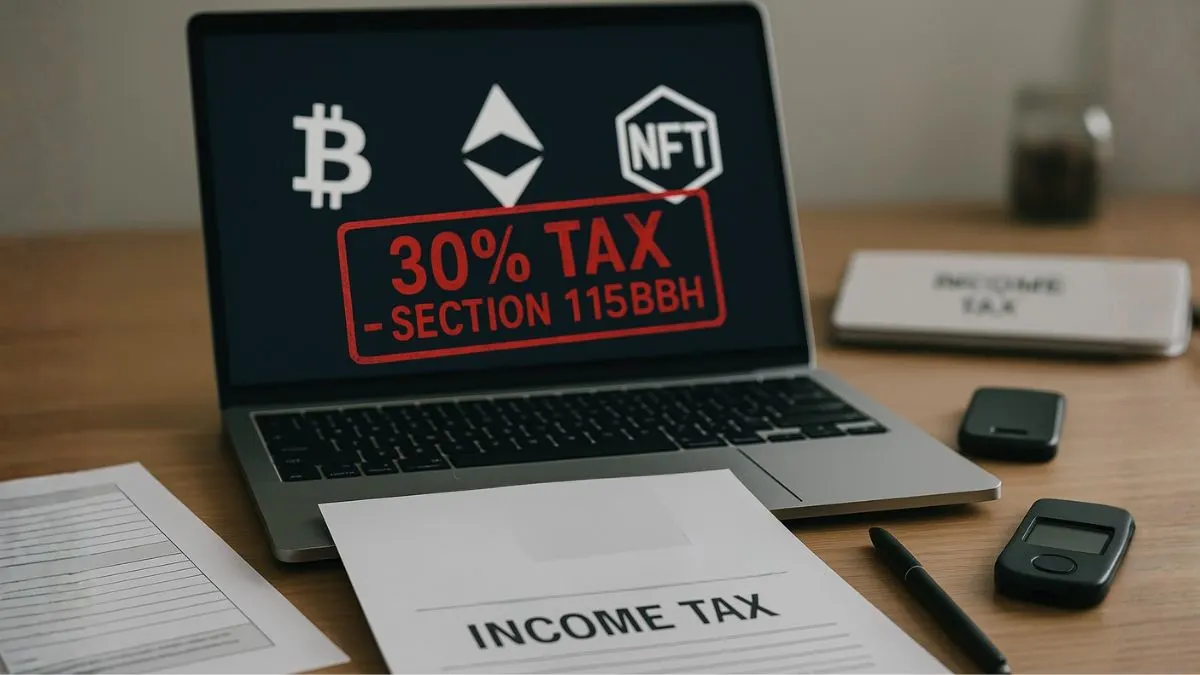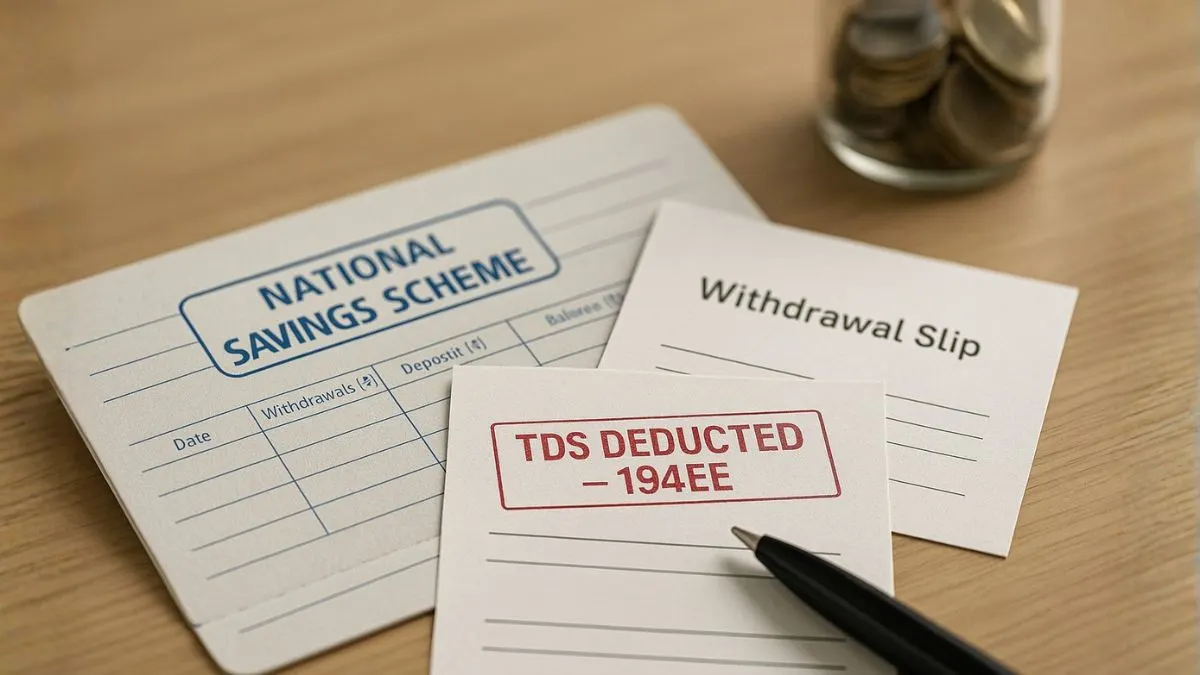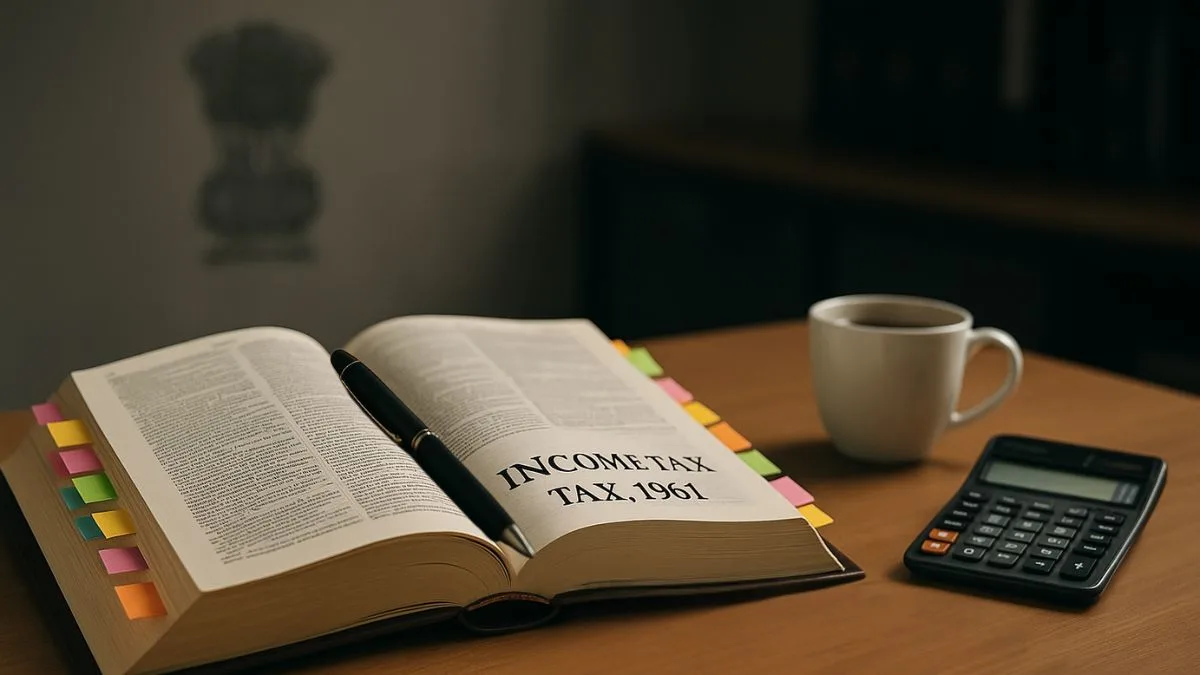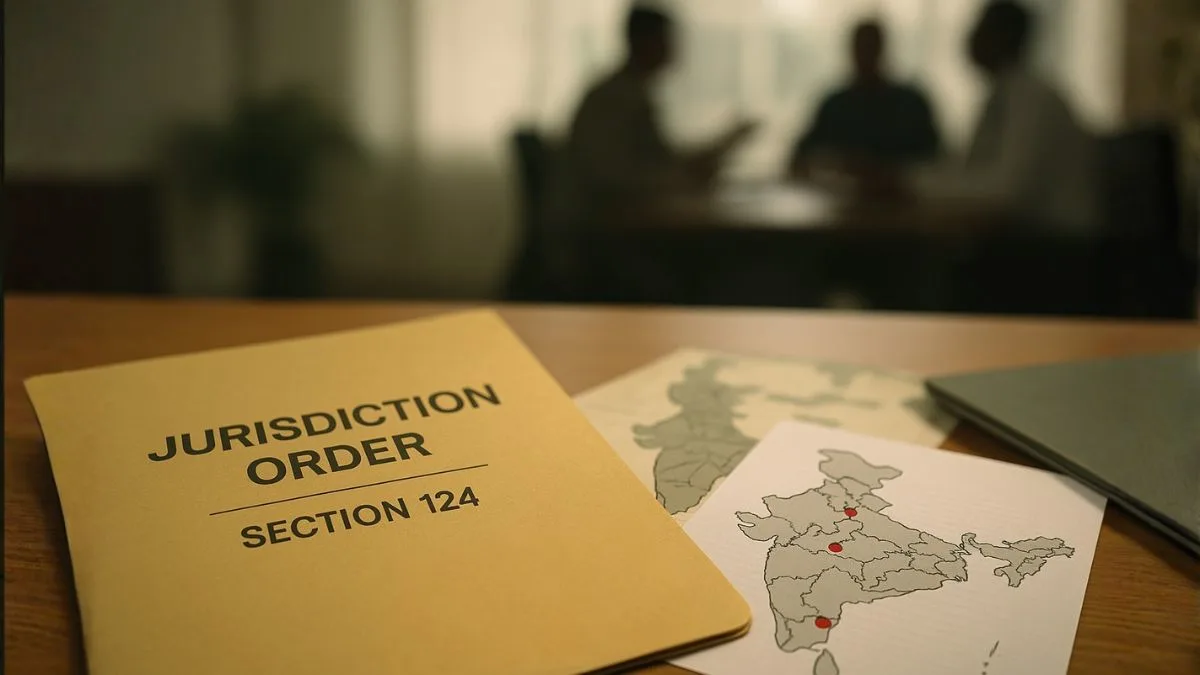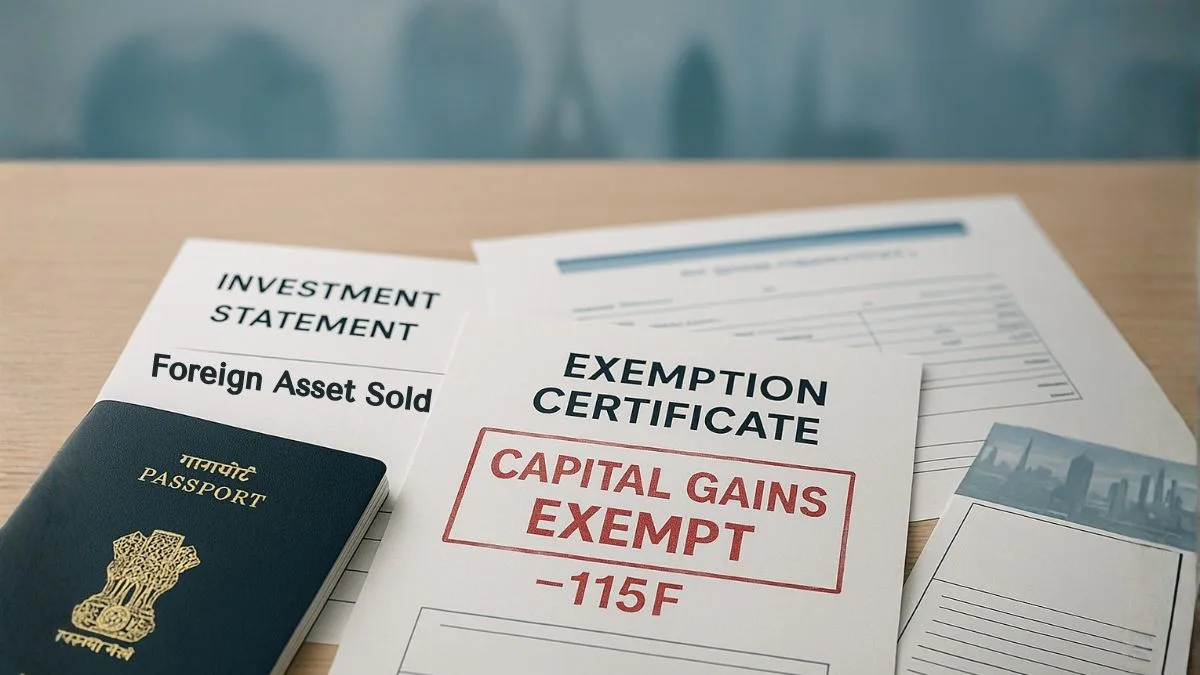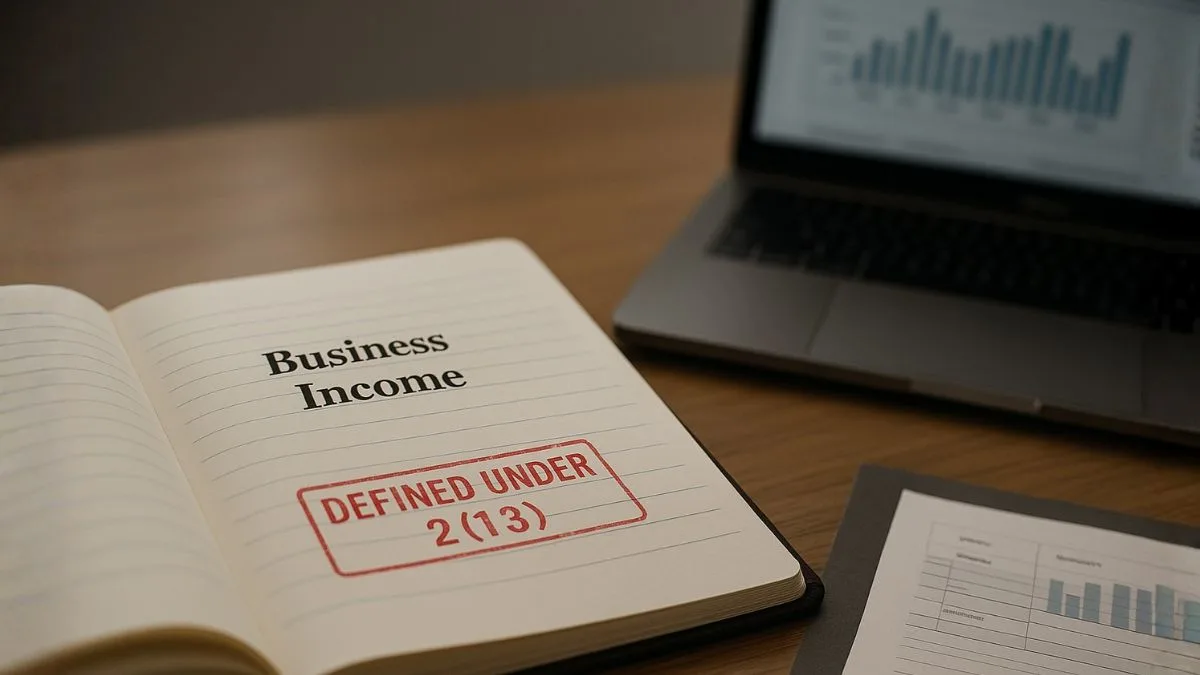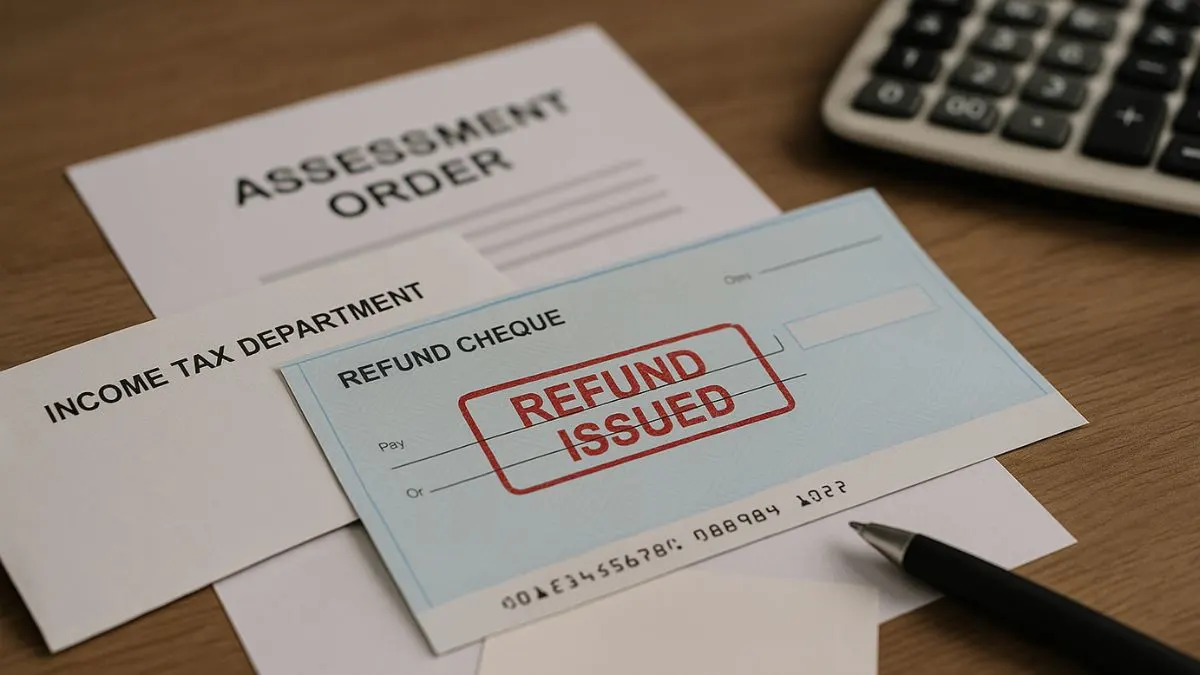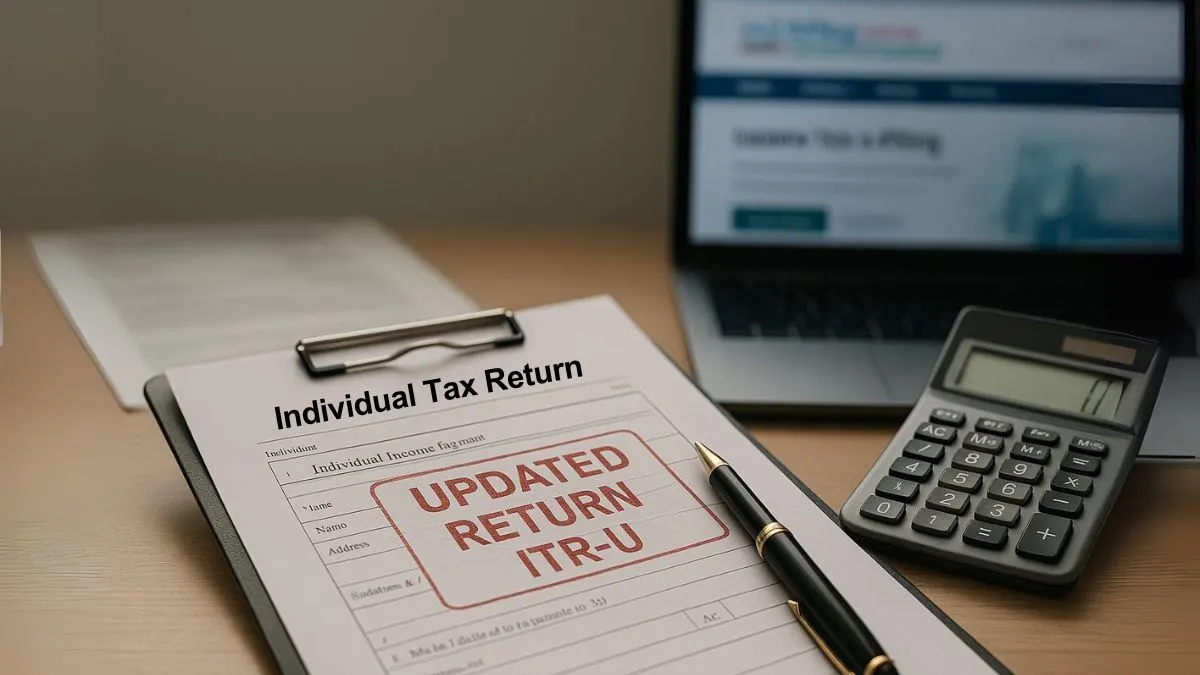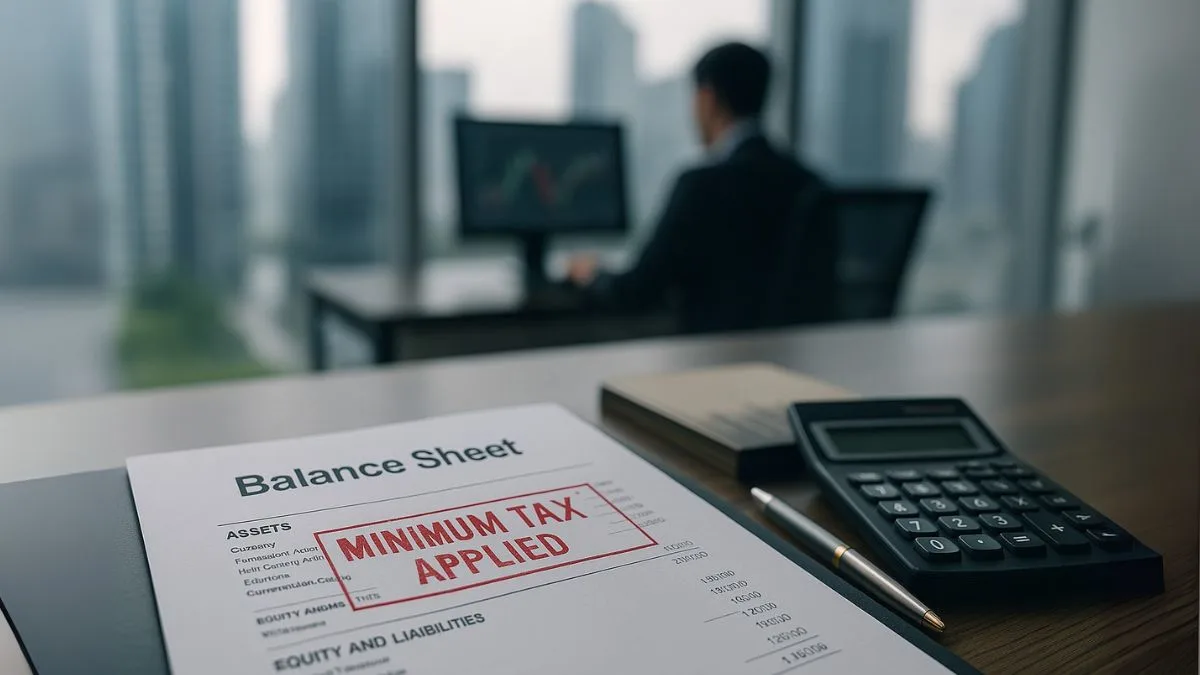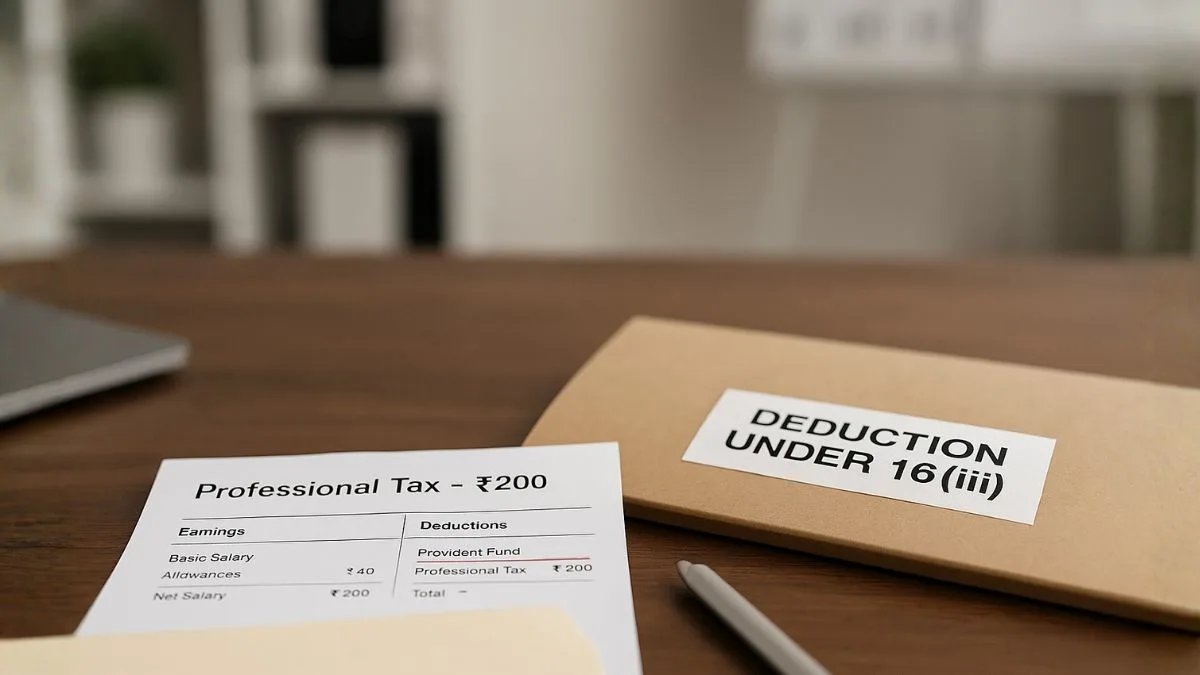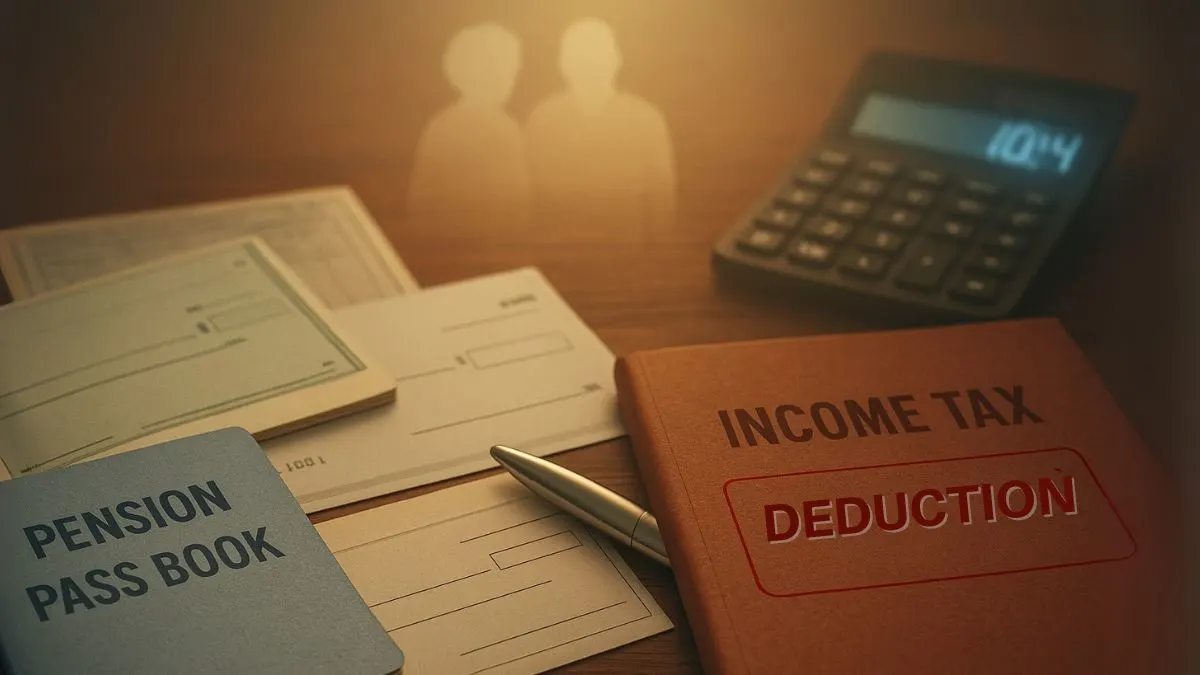
The Income Tax Act has several provisions to provide relief to individuals who receive income after the death of an earning member. One such important provision is Section 57(iia) of Income Tax Act, which deals with family pension under Section 57(iia). Since family pension is treated as income in the hands of the receiver, the law allows a special deduction to reduce the tax burden. This deduction acknowledges that family pension is not a regular earning but a support system provided to the family of a deceased employee.
Income Chargeable under "Income from Other Sources"
According to tax laws, the income chargeable under the head ‘Income from other sources’ includes family pension received by widows, children, or nominated heirs of a deceased employee. Unlike salary income, family pension does not fall under “Income from Salaries” but is taxed as “Other Sources.” However, to avoid taxing the entire pension amount, the government has provided a standard deduction from family pension under Section 57(iia).
Family Pension under Section 57(iia)
When an employee passes away, the employer or government may provide pension payments to the surviving spouse, children, or legal heirs. This is called family pension under Section 57(iia). For tax purposes, it is not fully exempt. Instead, a specific deduction of expenses is allowed while computing taxable income. This provision balances the tax treatment & ensures that families do not face undue financial strain.
Deductions of Expenses Allowed
Under Section 57(iia) of Income Tax Act, the taxpayer receiving family pension can claim a deduction of the lower of:
- ₹15,000, or
- One-third (1/3rd) of the family pension received."
This ensures a fair deduction without exempting the entire amount. For example, if a widow receives ₹1,20,000 annually as family pension, the allowable deduction will be ₹15,000 (since one-third = ₹40,000, but the rule allows the lower of the two).
Also Read: Tax Exemption on Family Pension
Importance of Standard Deduction from Family Pension
The standard deduction from family pension is crucial because it directly reduces taxable income. Without it, families would have to pay tax on the entire pension amount, which could be burdensome. By allowing deductions of expenses, the government recognizes that family pension is more of a relief income rather than an earning. This deduction applies automatically & does not require proof of actual expenses.
Who Can Claim This Deduction?
The deduction under Section 57(iia) can be claimed by:
- The widow of the deceased employee.
- Children of the deceased employee.
- Any nominated heir receiving the pension.
It is important to note that this deduction is available only on family pension under Section 57(iia), not on pensions received by the employee during their lifetime. Regular pension is taxable as “Salary,” while family pension is taxable as “Other Sources.”
Why Section 57(iia) Matters for Taxpayers
For many households, family pension is the only source of regular income after the loss of a breadwinner. By allowing a standard deduction from family pension, the government reduces the overall tax liability. This ensures that beneficiaries retain more of the pension to meet living expenses. The provision also simplifies compliance by providing a fixed deduction instead of requiring detailed calculation of actual expenses.
Also Read: Deductions from “Income from Other Sources”
Practical Example of Section 57(iia) Deduction
Suppose Mrs. Sharma receives a family pension of ₹90,000 in a year. Under Section 57(iia), she is entitled to a deduction of:
- 1/3rd of ₹90,000 = ₹30,000
- Fixed limit = ₹15,000
The lower of the two is ₹15,000, which she can claim as a deduction. Hence, her taxable family pension will be ₹75,000 (₹90,000 – ₹15,000). This simple calculation shows how deductions of expenses under this section provide relief.
Link with Other Provisions
While family pension under Section 57(iia) is taxed under “Other Sources,” other pensions (like retirement pension of the employee) are covered under “Salaries.” Similarly, gratuity received by heirs may have different exemptions under Section 10. Understanding these provisions helps in correct tax planning & avoids unnecessary tax burden."
Limitations of Section 57(iia)
Although the provision is helpful, it has limitations:
- Deduction is capped at ₹15,000, which may not seem sufficient for families receiving larger pensions.
- It is only available for family pension, not for other types of income received by legal heirs.
- No additional expenses like medical bills or education costs are considered under this section.
Still, the benefit remains important as it provides immediate and simple relief.
Also Read: List of Tax-Free Incomes You Must Know
Conclusion
Section 57(iia) of Income Tax Act plays a vital role in providing relief to families receiving pension after the death of an employee. By allowing a standard deduction from family pension, the law ensures that the tax burden is reduced. The section ensures that the income chargeable under the head ‘Income from other sources’ is computed fairly by giving deductions of expenses up to ₹15,000 or one-third of the pension amount. For widows, children, or nominated heirs, this deduction is a small but significant financial relief.
👉 Want expert help in claiming your family pension deduction under Section 57(iia) & planning your taxes better? Visit Callmyca.com and let our professionals simplify it for you.

